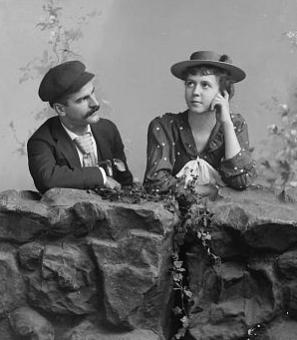How Union Station Was Saved in the 1980s
When Union Station opened in 1907, the white granite Beaux-Arts train terminal designed by architect Daniel H. Burnham set a new standard for District's monumental architecture, setting the stage for landmarks such as the Lincoln and Jefferson Memorials, the Federal Triangle, the Supreme Court Building and the National Gallery of Art. The $25 million project was inspired by classical Roman architecture — the Baths of Diocletian and Caraculla and the triumphal Arch of Rome — and incorporated flourishes such as Ionic columns, chiseled inscriptions. Niches that held carved figures representing fire, electricity, agriculture and mechanics. Inside, the main hall, with its dramatic barrel vault and ornate plaster ceiling. It all created a feeling of grandeur that reflected the economic power and prestige of the rail companies — the Pennsylvania Railroad and the Baltmore and Ohio Railroad — which had erected it.
But by the mid-1960s, the railroads' fortunes had faded, and they were eager to unload Union Station, and there was talk of demolishing it. A 1965 report by a consultant, commissioned by the Johnson Administration, recommended repurposing the structure. It was offered to the Smithsonian Institution as a possible site for a national railroad museum, but the Smithsonian's regents — perhaps deterred by the projected $63 million cost of the overhaul — decided to turn down the offer. Instead, Congress voted in 1968 to pay the railroads $3.3 million a year to lease the station and convert it to the National Visitor Center. After a cramped cinderblock building was erected in back of Union Station for travelers to use in boarding and disembarking, the floor of Burnham's majestic main hall was ripped out, and replaced with a $1.6 million recessed theater for showing a slide show about the sights of the nation's capital. But after the visitors' center opened on July 4, 1976, it never really caught on as a tourist destination. Funding ran out before the project could be finished, and a 1977 General Accounting Office report warned that the overhaul had revealed defects in the building "that could result in a major structural collapse." In 1978, the National Park Service closed the center. The empty main station building appeared to be doomed.
In February 1981, a U.S. House subcommittee held hearings on Union Station's deteriorating condition, and Congress members examined chunks of plaster that had fallen from the ceiling and angrily demanded to know what the newly installed Reagan Adminstration was going to do about it. Inside the ruined structure, mushrooms sprouted from the floor, and hordes of rats roamed instead of travelers. A panel convened by the Urban Land Institute, a professional organization of architects, developers and other real estate professionals, was stinging in its assessment. "The general opinion [is] that Union Station’s current situation is an embarrassment to the nation, to the federal government, and to Washington, D.C.," it concluded.
But restoring Union Station's glories wasn't easy. A 1987 Washington Post article detailed some of the difficulties faced during the renovation. During the station's days as a visitor center, Burnham's ornate ceiling had suffered the indignity of having basketball-sized holes punched in it, so that an ugly modern drop ceiling could be attached. To repair it, master plasterers spent many hours crouched on scaffolds, delicately patching the scars. Artisans applied multiple layers of rubber molding to the walls, and then added gobs of plaster until they had reproduced the original Roman-style ornamental flowers and scallop designs. They used strings and feathers dipped in dye to make the plaster resemble veined marble, which other pieces of actual marble were imported from the same Greek quarry that had supplied the ancient builders of the Parthenon.
In the main hall, the floor was rebuilt. The original gigantic men's restroom — which contained almost a quarter-acre of urinals — was remade into a space for a restaurant. The train tracks were rerouted so that they again came up to the main building, and a new enclosed walkway was built to allow travelers to board and disembark without a lengthy hike.
In September 1988, the new Union Station — whose cost had swelled to $181 million finally was reopened to the public. A Post article about the event proudly proclaimed that Burnham's vision had been recreated "down to the tiniest cornice and curlicue." But the station also was now filled with amenities its original architect never would have imagined, such as a nine-screen movie muliplex, trendy restaurants and shop selling everything from "punk men's clothes and designer chocolate to aerobic wear and Balinese animal art," Post writer John Mintz noted. Union Station had morphed from an eyesore into an emblem of the affluence and style that the nation's capital acquired in the 1980s.


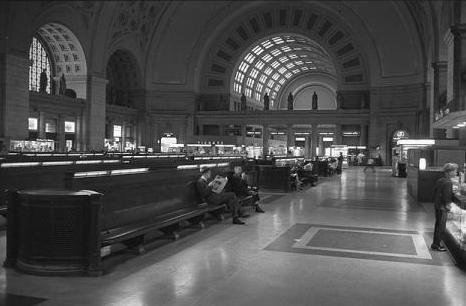
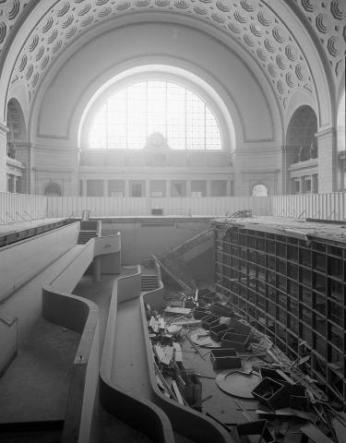
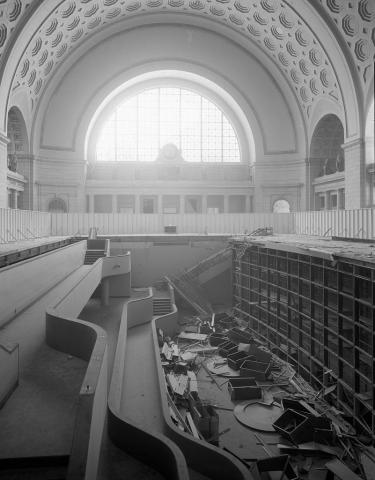
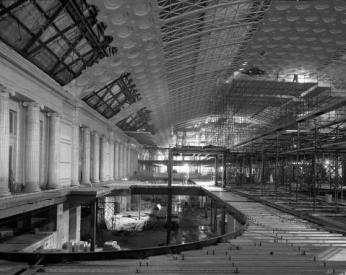
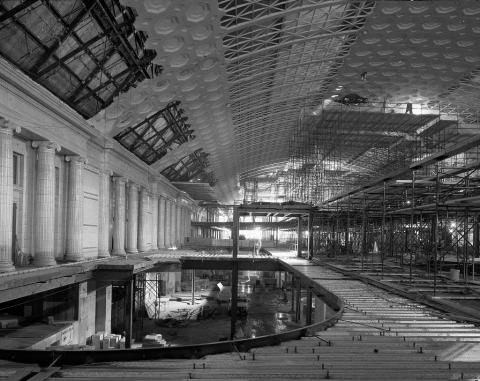
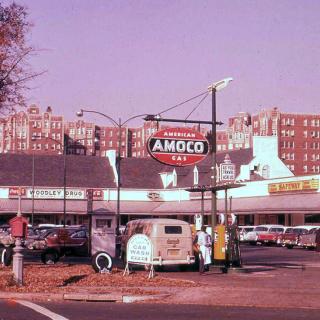
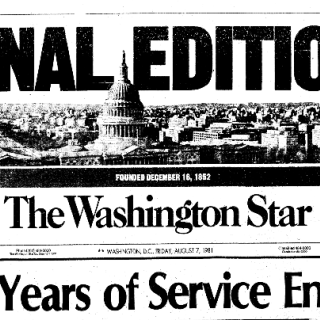
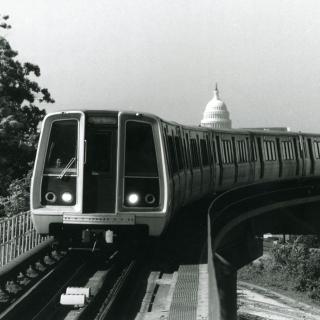
![Sketch of the mythical fuan by Pearson Scott Foresman. [Source: Wikipedia]](/sites/default/files/styles/crop_320x320/public/2023-10/Goatman_Wikipedia_Faun_2_%28PSF%29.png?h=64a074ff&itok=C9Qh-PE1)











